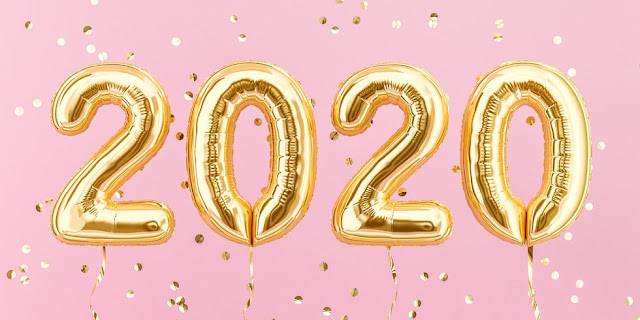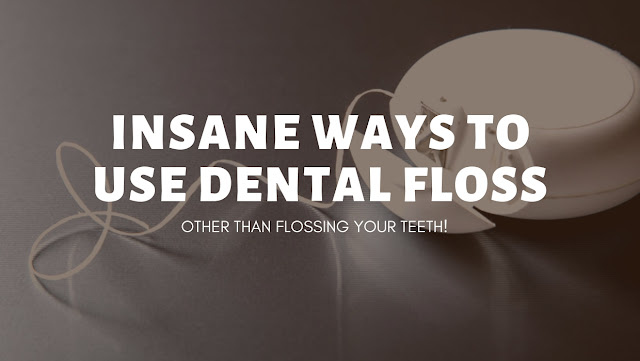New Year Resolution: Improve Dental Health

Something interesting happens around this time every year. People start reflecting on the last twelve months and start thinking about some things they can change in order to make the next twelve even better. These changes, or resolutions, are usually quickly lost within the first few weeks of the new year. But this year, Hewlett Family Dental wants to help you make some solid, easy-to-keep resolutions to improve your oral health in 2020! Brush & Floss One of the easiest resolutions you can make for better oral health is to brush and floss your teeth regularly. This means brushing twice a day, every day, and flossing once a day. Use a soft-bristled toothbrush and fluoride toothpaste to gently (emphasis on gently) scrub away bacteria and plaque buildup. But brushing alone doesn’t reach all surfaces of your teeth. This is where flossing comes into play. Flossing between each and every tooth daily removes the things that brushing alone can miss. Following this at-home oral...





